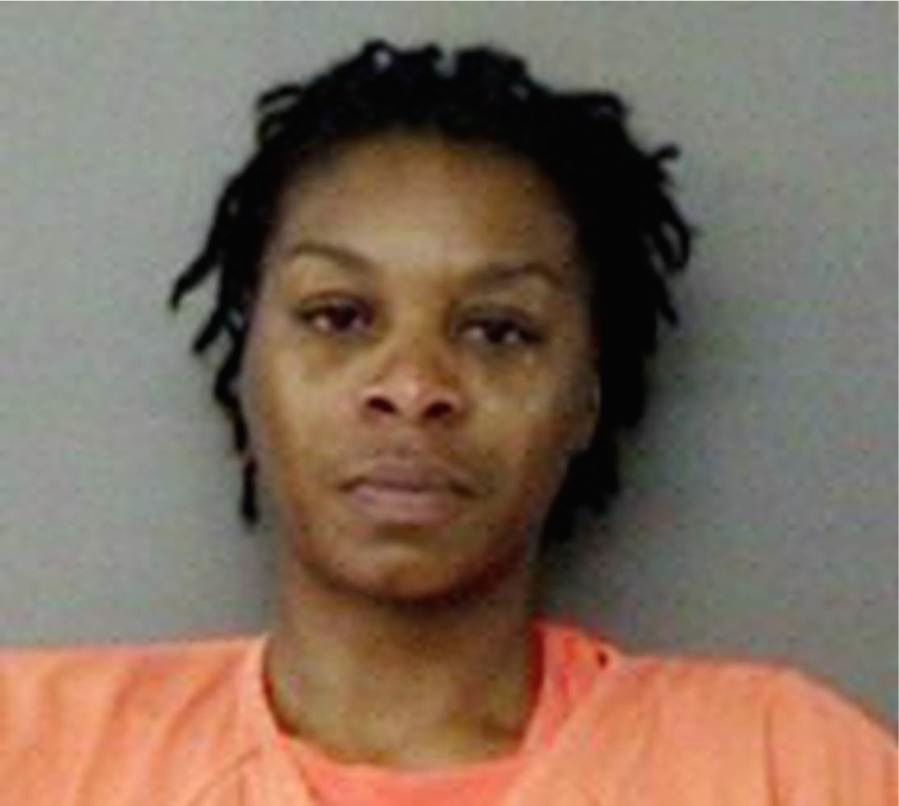Notes
The Sandra Bland Mug Shot and the Distrust of Photography
On Tuesday afternoon, studying the dash cam video from Sandra Bland’s arrest, I was wondering if there was a photographic angle to this story. Yes, allegations were swirling about the video being edited and the authorities didn’t help themselves by denying there wasn’t anything wrong. If only because of uploading problems , any member of the public taking in the video could tell you that cars traveling down the street don’t suddenly vanish into thin air.
There was that, and also Bland’s mug shot. I remember giving it a quick second pass to see if one could tell she was bruised — already knowing from the audio of the arrest clip that her head was knocked into the ground.
Then yesterday, I was asked in the Twitterverse what I thought of Bland’s mug shot. I know Liza Sabater or @blogdiva from the early days of the political blogosphere and, since then, the “social contagionista” has built a committed Twitter presence and good-sized following with an emphasis on social justice, speaking truth to power, public protest, and more recently, #blacklivesmatter. Reading through the thread was really eye-opening.
Spurred by the speciousness of the arrest, the possible complicity of the state in Sandra’s hanging, the questions surrounding the dash cam video, and still further confusion as to how she was processed into the system and whether it made sense she would have been photographed already in prison garb, Liza and her followers were airing their doubts about the veracity of the mug shot. For example:
Given the facial symmetry, a scan line through it, or other perceived attributes, could the fuzzy picture have been photoshopped or doctored?
Wouldn’t someone lean slightly forward in looking into a camera lens?
Did the arrangement of her body make sense?
Might the photo actually have been taken of her lying on the floor?
Could she have even been dead?
Having been asked for a response, I posed some of these allegations to Pete Brook and Robert Gumpert, two people I know and trust who also have considerable experience with photography, incarceration and social justice. Pete, a writer and curator (and, full disclosure, a Bag contributor), publishes PrisonPhotography.org. Gumpert has been photographing inmates in prison for years as part of his Take a Picture, Tell a Story project.
Talking with Pete, he said there was no way of determining if Bland was standing up or lying down, though he could see there could be a question from the shadow. (For myself, it seemed her braids sat back in the mug shot in a similar way to a Facbook photo of her wearing a Beatles t-shirt.)
What about the fact she doesn’t lean into the photo — in a manner that Sabater suggests was Bland’s usual posture? According to Pete, one would expect a mugshot to depict a person differently than in other types of portraits (formal, selfie, snapshot).
Pete agreed that Bland looked “out of it,” but that could have been due to any number of reasons — trauma, injury, anger, tiredness, stress and, yes, concussion from head injury. He said he would expect her to look more out of it than together, though.
Pete couldn’t imagine she’s dead in the photo, or why it would be doctored. His biggest question, then, was why she was wearing prison clothes in her mug shot.
Bob largely agreed with Pete. Could she have been photographed lying down?
In my experience (limited to two or three mug shot locations) they are taken with a digital camera and usually, but not always, against blank backgrounds of neutral color. The person is most often right up against the background as there is almost never a lot of room given to the area. Jail floors are ALWAYS dirty and stained. The background here is “clean”. It is not a floor. Nor is it a blanket, or sheet. It is a pretty standard issue digital mug shot.
Did it make sense Bland was already wearing prison garb for the mug shot?
Procedures in jails differ. In addition there could be more than one mug shot. I don’t know how they work in this county. It is possible that by the time she got to the jail where a booking mug shot would be taken, she had already been given jail clothes. Working two different beats in San Francisco, the police took a mug shot at the station and another was taken by the jail. If you run a google search for mug shots, you’ll also see they appear both ways. It is again possible there were issues with her clothes either from the arrest or her physical condition.
Of all the possible questions raised by the photograph, Gumpert, like Pete, zeroed in on what else the garb had to say. A timeline has been widely reported for the 13th, the day that Bland died. Contributing to the skepticism of Sabater’s followers surrounding the photo, however, is the fact that so little is known about her treatment or condition following her apprehension and over those first two days. This guides Robert’s primary set of questions:
Were other mugshots taken? Either before or after? Or both? Were mug shots taken by the police and the sheriff? If so, will all be released?
What was she arrested for, exactly? Did it usually involve a multiple day lockup? Was she recharged? Did that mean she was rebooked? Rephotographed?
To the extent these questions are constructive, I hope and imagine the Waller County Sheriff’s Department will provide full disclosure, imagery included. To clarify though, the sole prompt for this post was the integrity of the mug shot. And that’s where the the theories, the doubts, the intimations and the alternate explanations of Liza and her Twitter followers is so significant. What’s most salient here is less the legitimacy of the mug shot then that skepticism and distrust. Bottom line, the system has so failed citizens of color and those with lesser means that people can hardly even trust their own eyes anymore.
Perhaps beaten in jail, was Sandra Bland photographed lying on the floor? Or, could she have even been dead when she was photographed above?
The main point here is not whether these questions or allegations are even possible so much as these reactions demonstrate, with trust so scarce, that people might look at the picture and see it so.
(photo: Waller Country, Texas, Sheriff’s Department)



Reactions
Comments Powered by Disqus